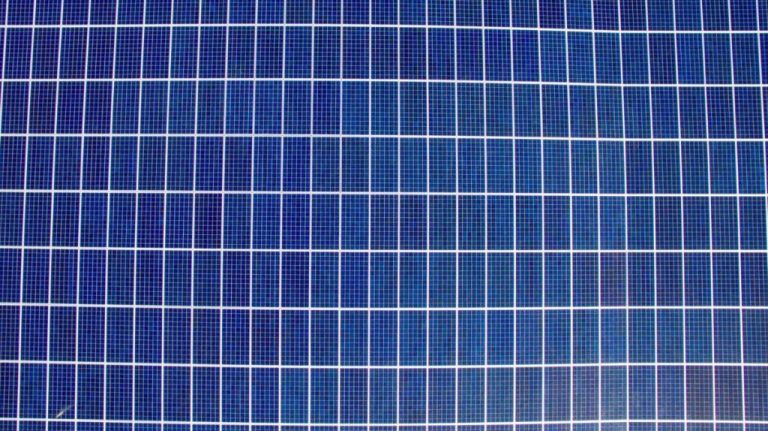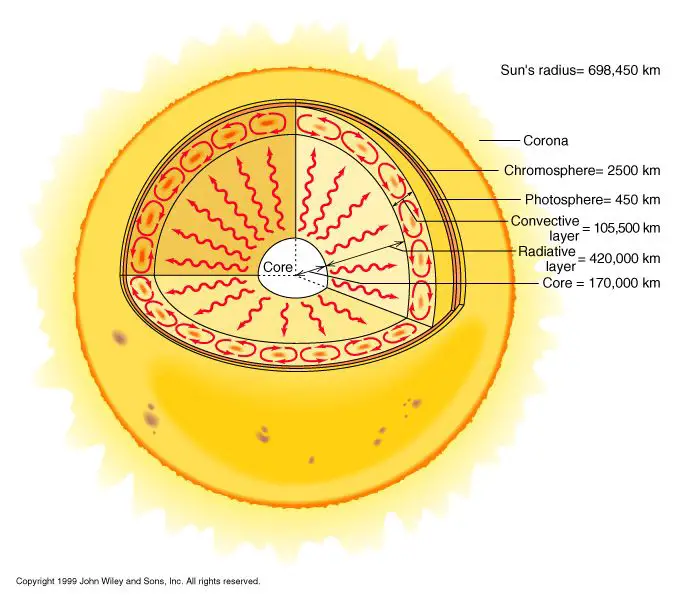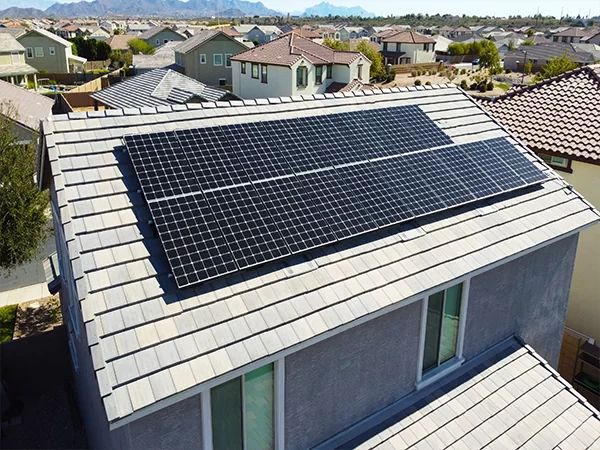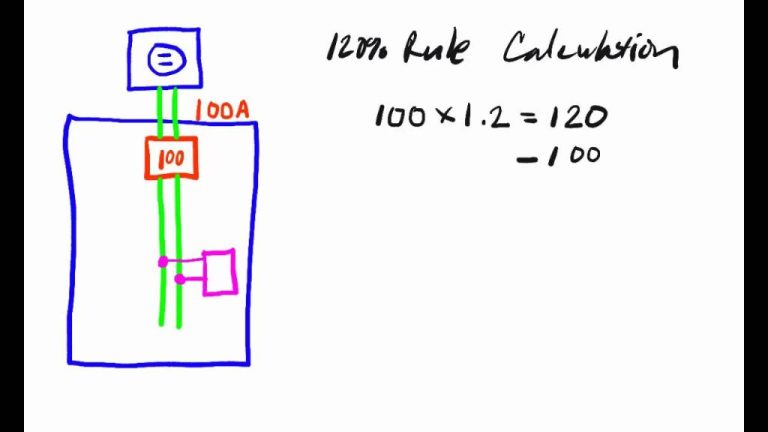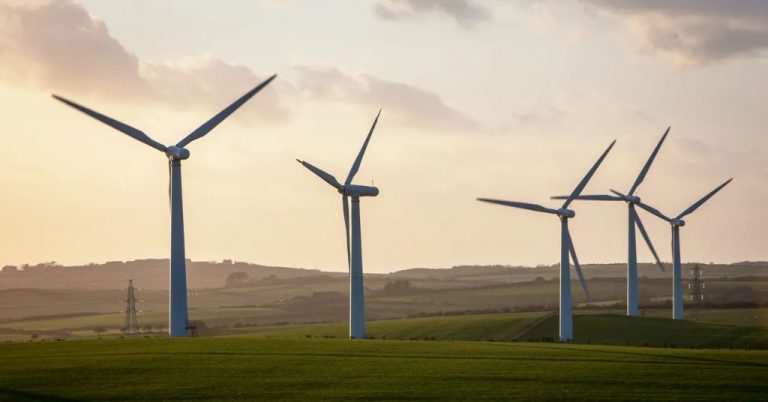Why Oppose Solar Farms?
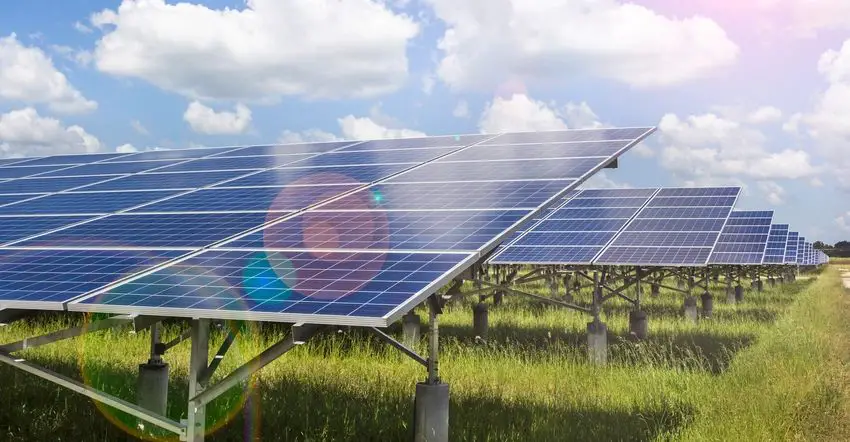
The use of large-scale solar farms to generate renewable energy has become a contentious topic in many communities. Proponents argue that solar farms provide clean energy, reduce dependence on fossil fuels, and stimulate local economies. However, critics raise concerns about loss of agricultural land, disruption to wildlife, and negative impacts on aesthetics and property values. There are persuasive points on both sides of this debate.
On one hand, solar farms can generate clean, renewable energy at scale to power thousands of homes and businesses. This supports a transition away from coal, oil, and natural gas, which produce greenhouse gas emissions linked to climate change. Solar energy production also creates jobs and tax revenue locally. And with careful planning and siting, environmental impacts can be minimized.
On the other hand, large-scale solar installations require significant land area, sometimes displacing cropland or pastures. There are also concerns about habitat loss and obstacles for wildlife movement. Visually, some find solar arrays unattractive. And there are fears that proximity to solar farms may hurt property values. Though subjective, these concerns matter to local residents.
There are reasonable arguments for and against utility-scale solar farms. With an open mind and spirit of compromise, communities can hopefully find the right balance between renewable energy goals and local interests.
Land Usage Concerns
One common objection to large solar farms is the significant amount of land they require. According to Solar Farm Land Requirements, it takes roughly 6 to 8 acres to house the solar equipment and panel rows for a 1 MW site (https://www.transect.com/resources/solar-farm-land-requirements). For a utility-scale solar farm producing over 20 MW, the land requirements multiply dramatically. Top 5 Solar Farm Land Requirements states that solar developers will require a minimum of 200 acres for a utility-scale project (https://www.ysgsolar.com/blog/top-5-solar-farm-land-requirements-ysg-solar).
In areas where land is scarce or expensive, dedicating this much acreage to a solar installation may not be feasible or economically viable. Farmland, forests, and open spaces would need to be cleared and converted to house the panels and infrastructure. This raises concerns about agricultural and habitat loss, which are covered in the following sections.
Agricultural Impact
One of the main concerns surrounding solar farms is the potential impact they can have on agricultural land (Woodford, 2022). Solar panels typically require around 3-5 acres per megawatt of energy produced, meaning large-scale solar farms can occupy hundreds or even thousands of acres of land (https://www.cbc.ca/news/science/solar-farms-1.7025482). With the increasing demand for renewable energy, there are worries that productive farmland will be taken out of use to make room for solar facilities.
Conversion of agricultural land raises issues about food security and maintains local agricultural capacity (https://craven.ces.ncsu.edu/considerations-for-transferring-agricultural-land-to-solar-panel-energy-production/). Prime farmland with the ideal soil conditions and climate for growing crops is the most suitable for solar development. However, this competes directly with food production. While solar leases can provide additional income for farmers, permanently removing cropland or pastureland can negatively impact the long-term viability of farms.
Wildlife and Ecosystem Disruption
Large-scale solar farms can lead to habitat loss and fragmentation, disrupting local wildlife and ecosystems. The clearing of land for solar panel installations removes native vegetation that is crucial for sustaining biodiversity. Animals can also be directly impacted through habitat loss if they are unable to migrate elsewhere (https://solareis.anl.gov/guide/environment/). One study found that utility-scale solar facilities in the Mojave Desert occupied more than 161 km2, potentially impacting threatened desert tortoises (https://www.ucsusa.org/resources/environmental-impacts-solar-power). Mitigation strategies like preserving corridors between installations can help, but large-scale solar still represents a tradeoff between renewable energy generation and ecosystem preservation.
Aesthetic Complaints
One of the biggest complaints against large solar farms is their aesthetic impact on the landscape. Solar panels spread uniformly across hundreds of acres of land create an industrial appearance that many find unappealing (https://trueviewvisuals.com/2017/11/17/visual-impact-of-solar-farms/). The reflective surfaces of the panels can also cause substantial glare, especially for pilots flying overhead and motorists driving past solar sites (https://www.essexdesignguide.co.uk/supplementary-guidance/solar-farm-guiding-principles/landscape-visual-impact/). Large solar arrays also visually obstruct scenic views and vistas that people previously enjoyed of natural landscapes or architectural features.
Critics argue that converting beautiful rural areas and open spaces into what looks like an industrial facility ruins the visual character of the countryside. Glare from solar panels, as well as tall electrical transmission infrastructure, can also degrade the quality of the surrounding views. While solar energy is a renewable resource, some find the trade-off of marring landscapes with the aesthetic look of utility-scale solar farms too great. Careful planning and design considerations related to siting, glare reduction, and screening solar arrays are needed to minimize aesthetic impacts on the environment and surrounding community.
Property Value Decline
One of the most common concerns regarding utility-scale solar farms is their potential impact on nearby property values. Some studies have suggested that homes located close to solar farms may lose some property value compared to similar homes farther away.
For example, a 2023 study published in The Journal of Real Estate Research found that houses within a half-mile of a utility-scale solar farm sold for around 1.5% less than comparable homes located farther away [1]. The study looked at over 85,000 home sales near 67 solar farms across the United States.
The reasons for potential property value declines are not fully clear, but may relate to aesthetics, views being blocked, or buyer perceptions about living near industrial energy infrastructure. However, impacts seem relatively small and some studies have found no discernible effect on property values.
Alternatives to Large-Scale Farms
While utility-scale solar farms can provide renewable energy on a large scale, there are concerns over their land usage and impact. Some alternatives that allow for distributed solar generation include rooftop solar panels, community solar projects, and utilizing unused lands.
Rooftop solar panels on homes, businesses, and buildings allow renewable energy generation at the point of use, reducing the need for large solar farms and transmission lines. Rooftop solar also makes efficient use of existing structures instead of greenfield sites. Studies show the rooftop solar potential in many regions could meet a substantial portion of energy needs.
Community solar projects are mid-size systems that allow groups of homeowners or businesses to share the benefits of solar power generation. These can be built on unused lots, industrial sites, or on public buildings. Community solar provides localized renewable energy without large land requirements.
Siting solar panels on degraded lands, brownfields, abandoned mining areas, and other unused lands can provide renewable power without disrupting habitats or agriculture. Solar farms can also utilize the spaces between rows in orchards and other crops. Dual-use solar allows for continued agricultural production.
By utilizing rooftops, community solar, and unused spaces instead of large utility-scale farms, solar energy can expand while reducing land usage concerns.
Positive Economic Benefits
Solar energy provides many economic benefits at both local and national levels. According to Solis Renewables, solar energy creates many stable, well-paying jobs in construction, manufacturing, and installation that cannot be outsourced[1]. The Solar Energy Industries Association estimates there are over 250,000 solar workers in the US as of 2020, more than double the number in 2015[2]. Solar projects also generate tax revenue for local governments through sales, income, and property taxes. According to the NC Clean Energy Technology Center, solar installations can generate over $40,000 per megawatt in additional annual property tax revenue[3].
In addition, locally produced solar energy reduces dependence on imported fuels, improves energy security, and keeps energy spending within the community. The Solar Energy Industries Association estimates that nationwide solar installations help avoid $8.2 billion in energy imports annually[2]. With energy independence and savings, solar power protects consumers against volatile fossil fuel prices.
Clean Renewable Energy
Solar energy is a clean and renewable source of electricity that does not contribute to climate change or air pollution. According to the U.S. Department of Energy, solar power emits no air pollutants or greenhouse gases when generating electricity
https://www.energy.gov/eere/solar/solar-energy-wildlife-and-environment. The Energy Information Administration also notes that solar technologies do not produce emissions when operating, helping reduce the environmental impact of electricity generation https://www.eia.gov/energyexplained/solar/solar-energy-and-the-environment.php. As a renewable source of energy, solar power can play an important role in mitigating climate change by displacing electricity from fossil fuel sources that produce greenhouse gas emissions and contribute to global warming.
The section focuses on how solar energy addresses climate change and air pollution concerns by generating electricity without emitting greenhouse gases or air pollutants. It cites the Department of Energy and Energy Information Administration as sources and formats the writing in richtext/HTML tags.
Conclusion
Solar farms provide clean, renewable energy, but also have drawbacks like large land usage and ecosystem disruption. There are arguments on both sides that deserve consideration. Ultimately, it’s about finding the right balance between harnessing the power of the sun while minimizing negative impacts. Thoughtful planning and siting can maximize solar benefits while protecting the environment and community interests. With care, solar and agriculture can coexist, and natural spaces can be conserved. Renewables are key for a sustainable future, but implementation matters. Compromise and moderation are needed for solar done right.

